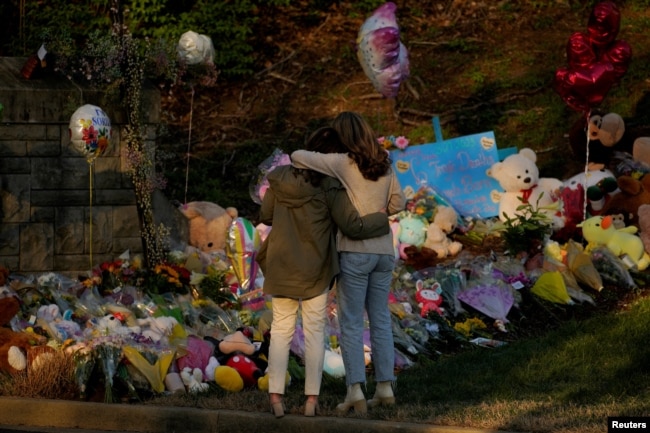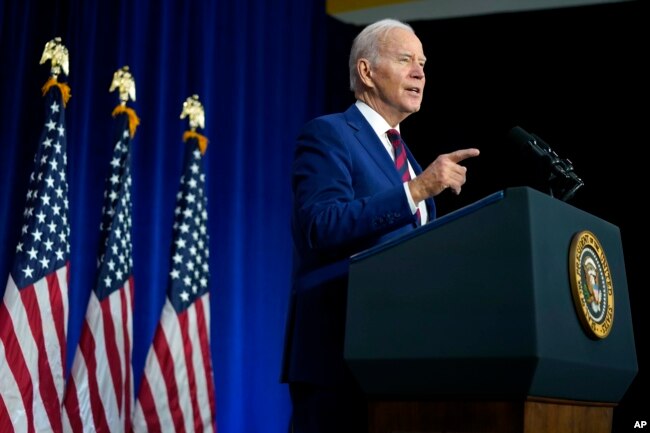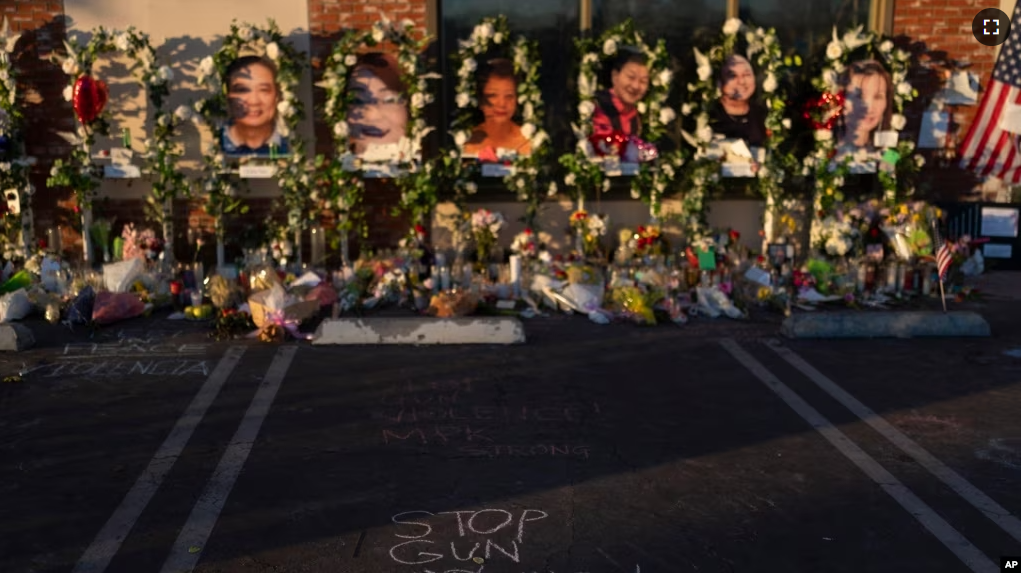The United States is on a record pace for mass killings in 2023.
A mass killing usually involves firearms and is defined as an attack in which four or more people are killed not including the attacker or attackers.
This year’s violence has ended 88 lives in 17 attacks over more than 100 days. Only 2009 was marked by as many tragedies of this kind in the same period of time.
Here are some of the attacks that took place:
Is anywhere safe?
Children at a Nashville grade school were gunned down on a school day by a former student. Farmworkers in Northern California were sprayed with bullets by a fellow worker because of a dispute. A man killed dancers celebrating the Lunar New Year at a dance place outside Los Angeles.
On April 15, four partygoers were killed and 32 injured in Dadeville, Alabama. Three young men were charged with opening fire at a birthday celebration in the town for a 16-year-old girl. Days later, a man shot and killed four people, including his parents, in Bowdoin, Maine. Then he opened fire on vehicles traveling on a busy highway. He had just been released from prison.
“Nobody should be shocked,” said Fred Guttenberg.
In 2018, his 14-year-old daughter, Jaime, was one of 17 people killed at a school in Parkland, Florida. “I visit my daughter in a cemetery. Outrage doesn’t begin to describe how I feel.”
The Parkland victims are among the 2,842 people who have died in mass killings in the U.S. since 2006. That number comes from records kept by The Associated Press (AP) and the USA Today newspaper, in partnership with Northeastern University in Boston.

Tragic records set
An examination of the data from those organizations shows that mass killings happen, on average, once every 6.53 days. They represent a small part of the deadly violence that takes place yearly in the U.S.
The U.S. recorded 30 or fewer mass killings in more than half of the years of the database.
The pace of mass shootings so far this year does not mean the U.S will have the most attacks this year. In 2009, the violence slowed, and the year finished with 32 mass killings and 172 deaths. Those numbers are just above the averages of 31.1 mass killings and 162 victims a year as suggested by the AP and USA Today data.
Tragic records have been set within the last 10 years. The data shows a high of 45 mass killings in 2019 and 230 people killed in such tragedies in 2017. That year, 60 people died when a gunman opened fire over an outdoor country music celebration in Las Vegas, Nevada. That incident remains the deadliest mass shooting in modern America.
“Here’s the reality: If somebody is determined to commit mass violence, they’re going to,” said Jaclyn Schildkraut. She heads the Rockefeller Institute of Government’s Regional Gun Violence Research Consortium. She said it is important to put up barriers to mass violence.
‘We don’t have to live this way’
Some states have tried to place more controls on guns with state laws. On April 13, Michigan Governor Gretchen Whitmer signed a new law ordering criminal background investigations for the purchase of firearms including rifles and shotguns. In the past, such investigations were required only of handgun buyers.
This week, the governor of Washington state signed a law banning many kinds of semi-automatic rifles.
Other states are experiencing a new round of pressure. In conservative Tennessee, protesters gathered at the state Capitol building to demand more gun laws after six people were killed at a religious elementary school last month.

Last year, President Joe Biden signed a federal gun violence law. It expands background investigations into the youngest gun buyers and red flag laws. Red flag laws enable police to ask courts for an order to take guns from people who show signs they could turn violent.
Sometimes mass killings happen in groups — like in January, when deadly events in California took place just two days apart. Then, months pass without mass violence.
“We shouldn’t necessarily expect that this — one mass killing every less than seven days — will continue,” said Northeastern University criminologist James Alan Fox, who oversees the database. “Hopefully it won’t.”
Experts and activists denounce the sale of guns in the U.S. in recent years. Record sales were reported during the first year of the COVID-19 pandemic.
John Feinblatt leads the nonprofit group Everytown for Gun Safety. Feinblatt said, “We have to know that this isn’t the way to live.” He added: “We don’t have to live this way. And we cannot live in a country with an agenda of guns everywhere…”
The National Rifle Association, which supports the rights of gun owners, did not answer the AP’s request for comment.
Jaime Guttenberg would be 19 years old now. Her father, Fred, now is a gun control activist. He wants some kind of action.
Guttenberg said, “It’s all in the numbers. The numbers don’t lie. But we need to do something immediately to fix it.”
I’m Mario Ritter Jr. And I’m Caty Weaver.
Stefanie Dazio and Larry Fenn reported this story for the Associated Press. Caty Weaver adapted it for VOA Learning English.
____________________________________________________
Words in This Story
pace –n. rate of movement
spray v. to project spray or something resembling spray on or into
cemetery –n. a burial ground for the dead
outrage –n. anger and resentment resulting from injury or insult
rifle –n. a long gun
semi-automatic –adj. describing a gun that must have the trigger pulled for each shot fired but that loads automatically
